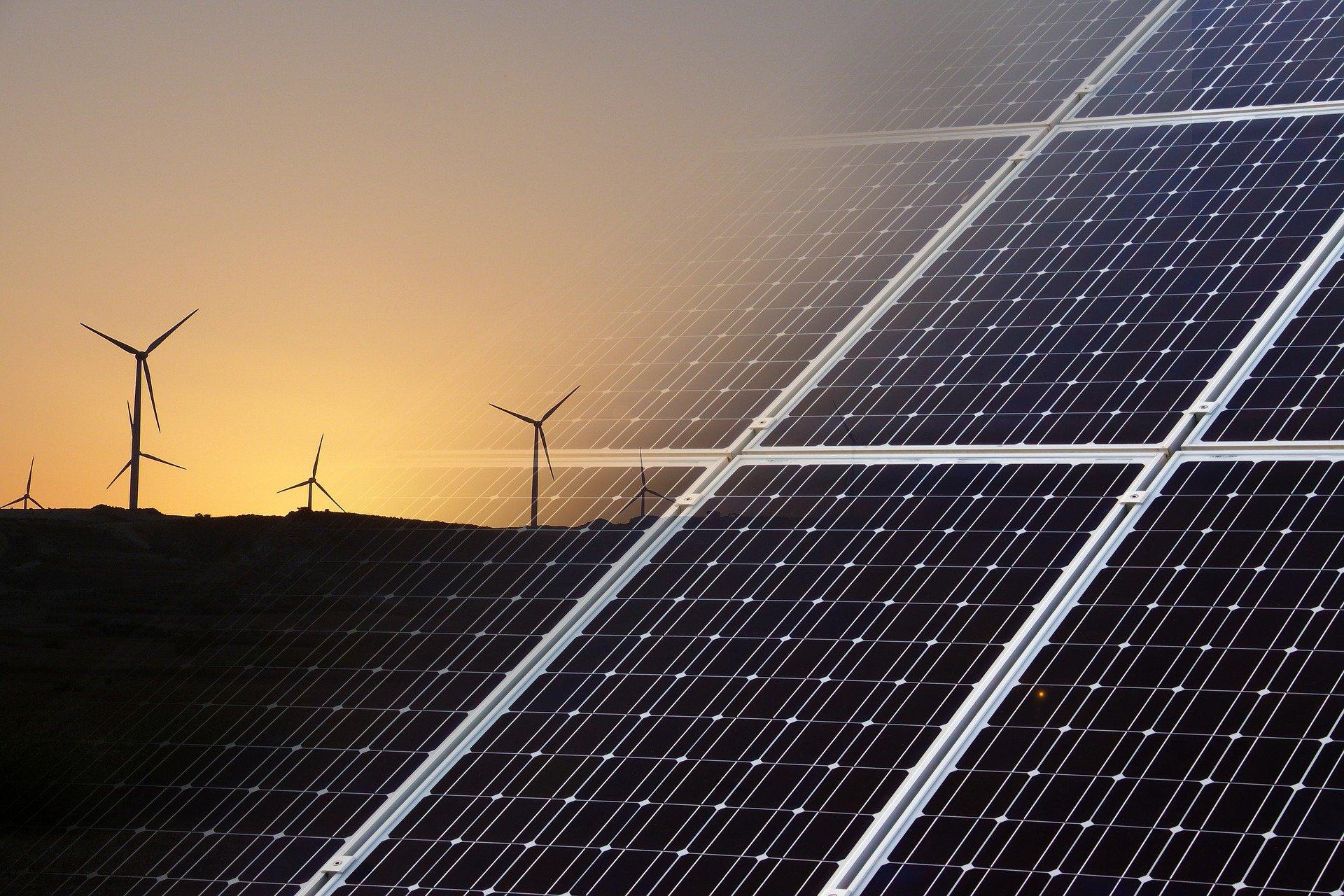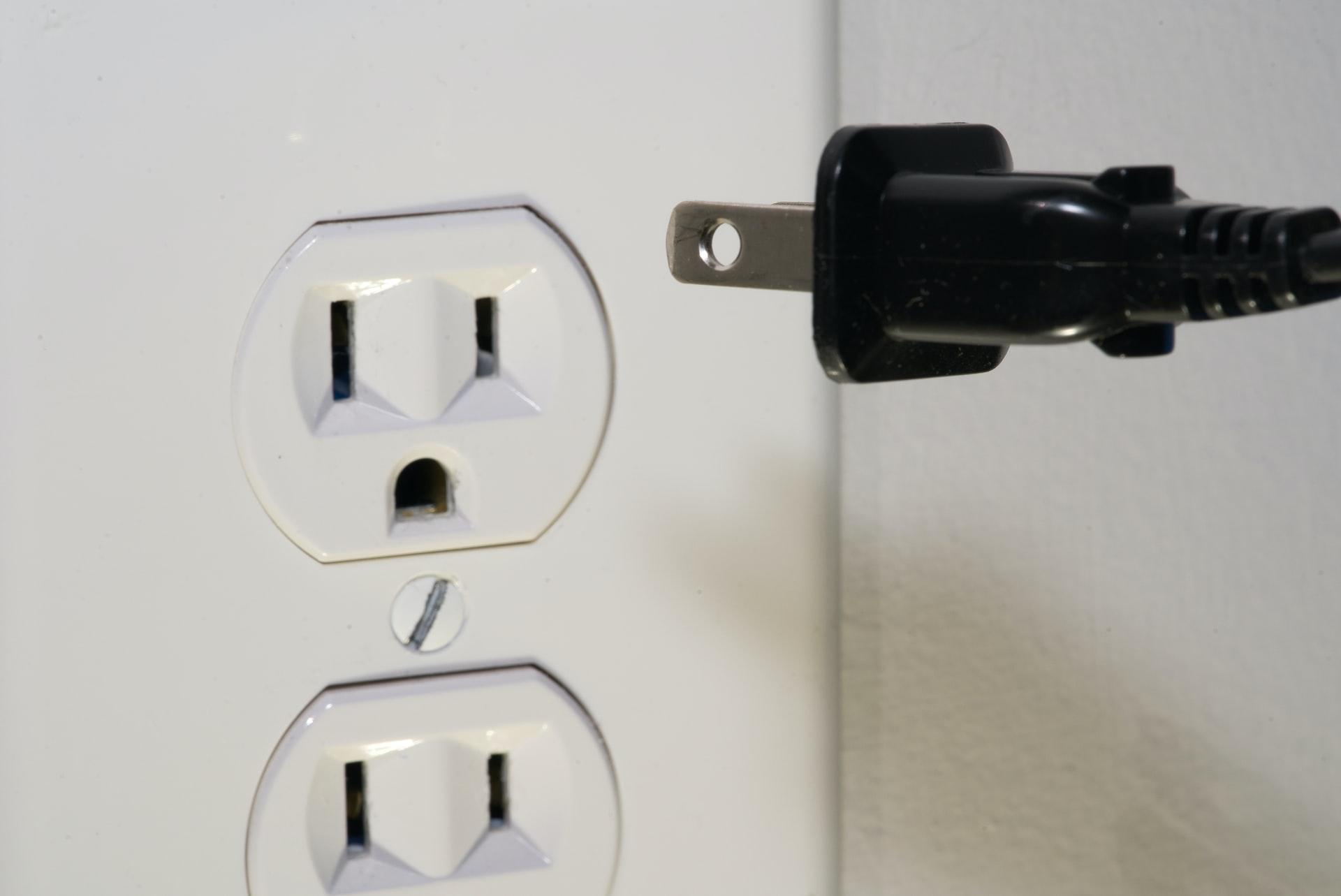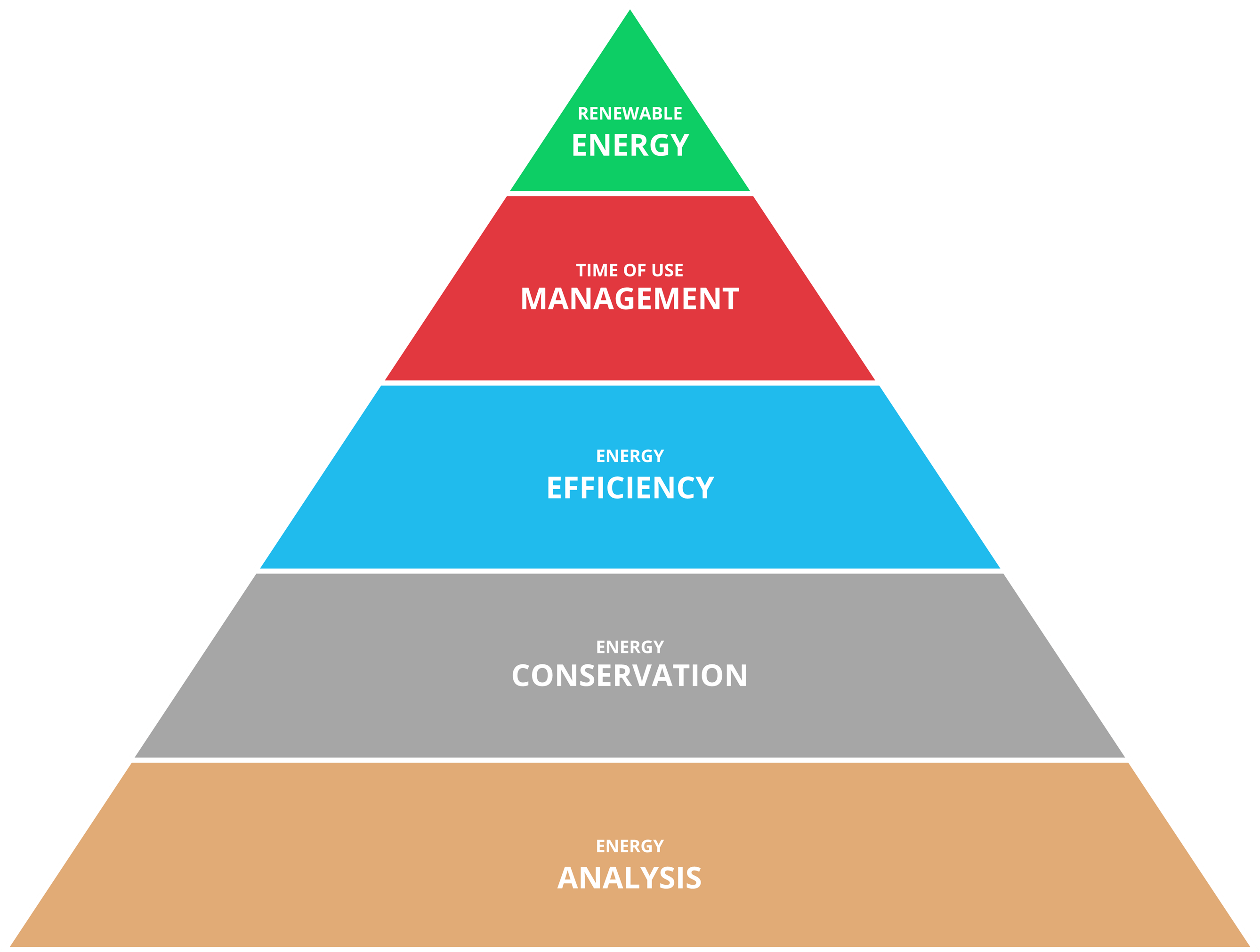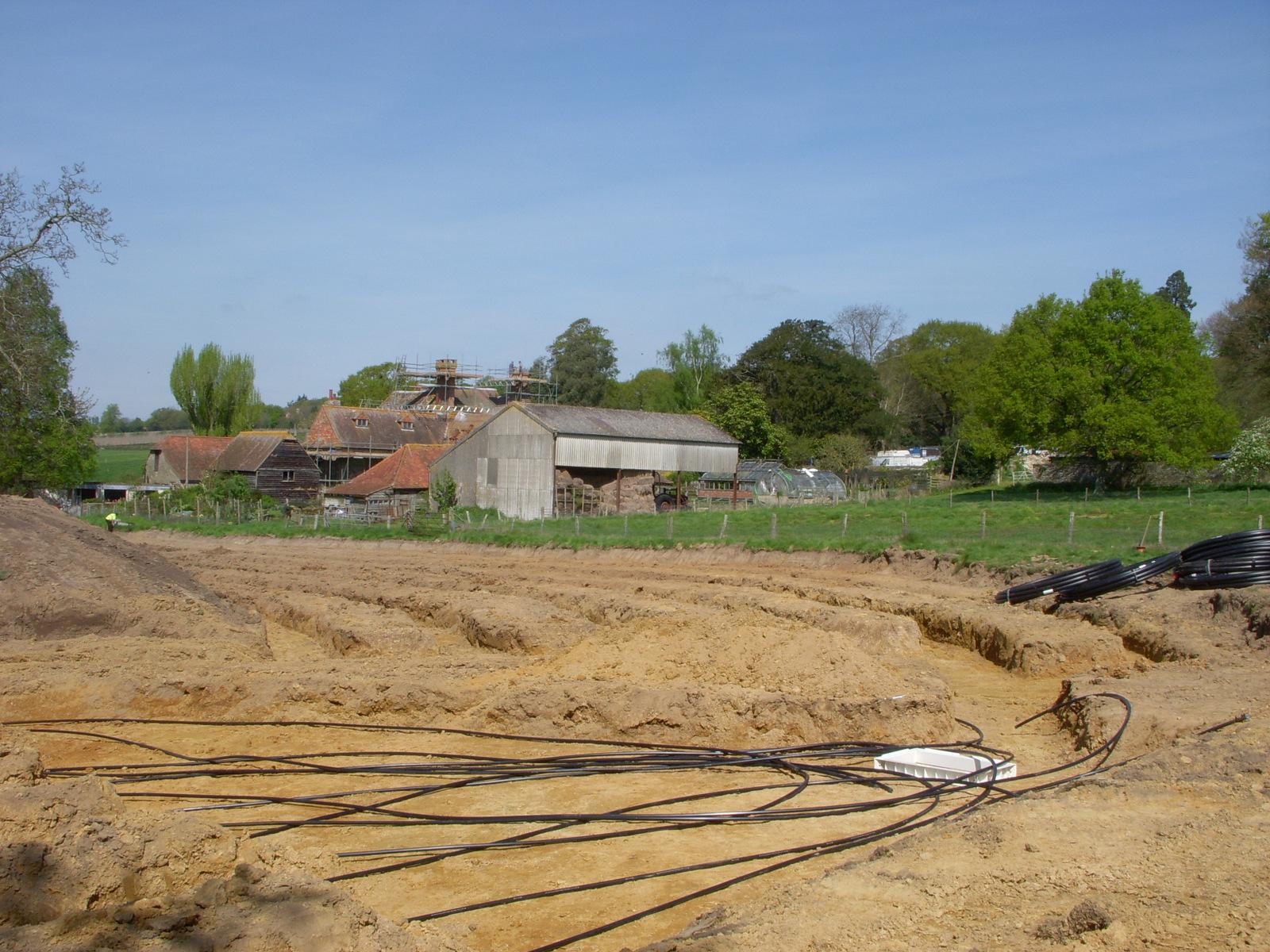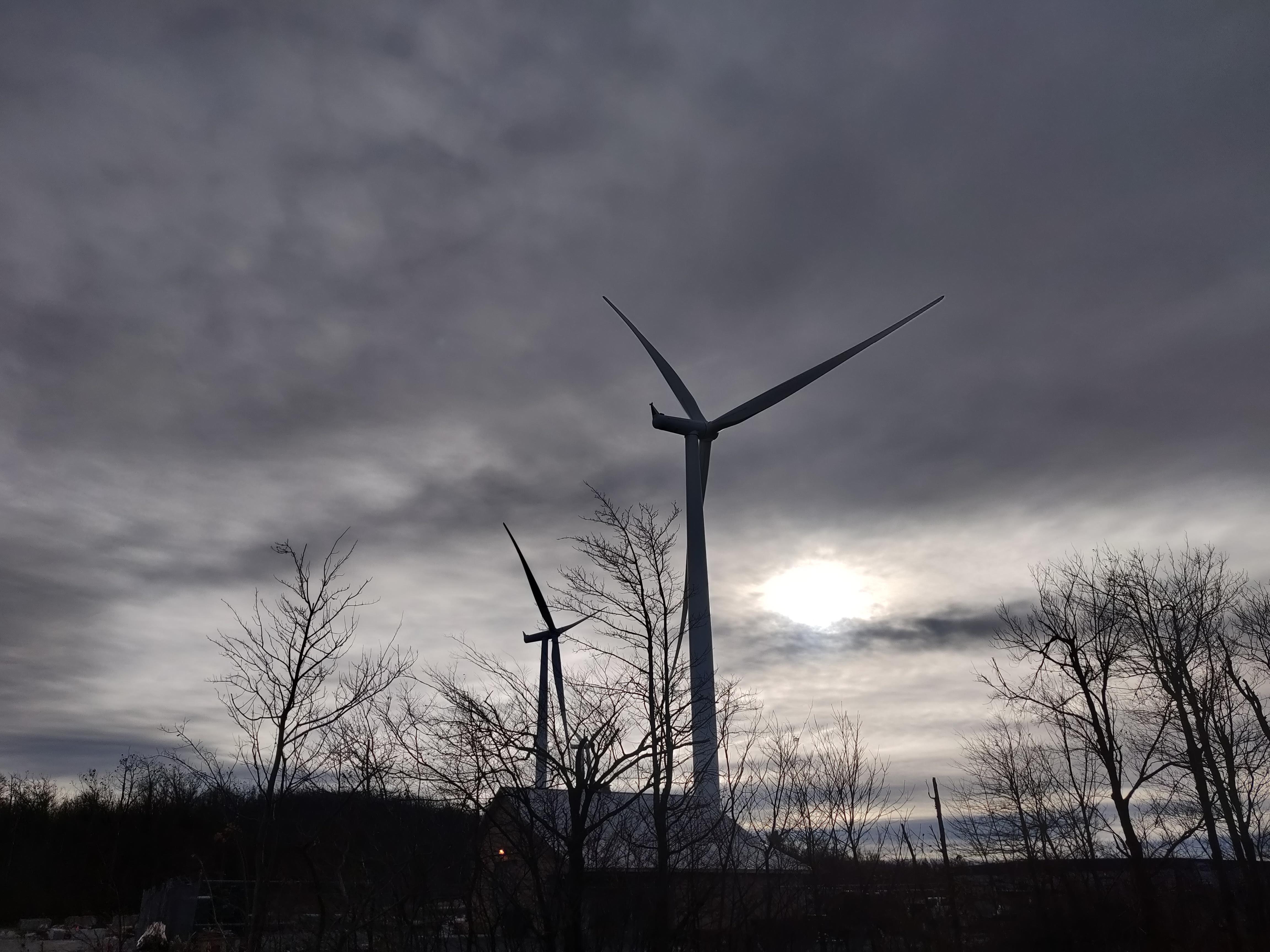What is net metering?
Nearly all households pay utility companies monthly for electricity service. As national energy consumption and issues of energy independence are increasingly being discussed, many are considering methods for reducing monthly bills by generating energy themselves. This is typically accomplished by installing a renewable energy generation system, such as a small wind or solar system, but may include a host of other technologies as well. Interconnecting a renewable energy generator, while remaining connected to the local electrical utility, and receiving incremental credit for energy produced is referred to as net metering. Maryland has enacted legislation to encourage net metering.
How does net metering work?
Net metering involves installing a special electric meter or reprogramming an existing meter so that electrical flow can be measured in both directions. Traditional electric meters only measure electricity flowing from the utility company to the customer. Because net metering customers are generating electricity in addition to using electricity, the meter must be able to measure the flow of electricity both from the consumer and the utility company. Depending on the type of meter currently installed, this may involve the utility company reprogramming the existing meter, or installing a new meter. Some utilities will provide this meter at no cost as part of the interconnection process, while others will pass the cost of this new meter on to the customer. Utilities typically encourage those considering net metering to contact them early in the process to identify meter considerations and to ensure that any wiring is done according to utility company specifications.
A net metering customer’s production and use of electricity will not be equal most of the time. When their production of electricity is less than their use, additional electricity is supplied by the utility company through the electrical grid. Alternatively, when a customer generates more electricity than they are using, excess electricity is transferred to the electrical grid and is used by other customers. At the end of the billing period, the net metering customer’s electrical production is subtracted from their total electrical consumption. The customer is billed only for the net amount (this is why the arrangement is referred to as net metering) of electricity consumed. In some situations a customer may produce more electricity than they use, in which case the excess amount may be carried over to the next billing period or transferred to the utility company at a price (often zero) determined in the net metering contract.
The contract provided by the utility company determines how often the account is “trued-up.” The true-up period is the point in time when the difference between production and consumption of electricity is computed. True-up periods are typically either monthly or annual, depending on the utility. Arrangements with the utility company will also determine the price of any electricity purchased from the utility company and the price at which any excess power will be purchased by the utility company.
What are the advantages of net metering?
Net metering offers several potential benefits. Net metering projects may provide a positive financial return for system owners. In these cases, the value of the reduction in monthly electric bills is larger than the cost of installing and maintaining the system. Some customers value knowing that some of the electricity they are using is provided by a renewable, local, or an alternative generating resource. Other customers value being somewhat self-sufficient in their electrical usage.
What are the challenges of net metering?
Net metering has potential to reduce revenue for utility companies. Customers who reduce their electrical bills also reduce their payments to the utility companies that help pay for fixed costs. Some utilities, especially smaller utilities with large service areas, express concerns that the loss of revenue from net metered customers does not reduce the cost of operation or service to those customers. To date, this has not been a significant issue due to the limited number of net metering customers. Some opponents also question the return on investment for net metering systems. Most renewable energy generation systems require many years to provide a positive financial return. While some look at non-monetary values in renewable energy generation, those who look to the current return on investment as a measure of the project’s value may argue that there are other means of making changes to energy use that have faster payback.
When is net metering an option?
A customer should ask themselves several questions when considering a net metering project, such as:
- Will zoning regulations for my area allow for the installation of a generation system, such as a wind turbine or solar panel?
It is fairly common for cities and subdivisions to limit the height of structures and types of structures in their jurisdiction. If zoning laws prohibit wind towers or solar arrays you may not be a good candidate for a net metering project.
- What systems will my utility allow and what standards must be met by the system?
Net metering policies will vary by utility. Contact your local utility early in the process of considering a net metering project to obtain copies of their policy.
- What is my current cost (per kWh) of electricity? What energy price increases can be anticipated?
Net metering projects will have a better financial return in situations with higher per kWh prices or when energy prices are expected to rapidly escalate.
- How much energy per meter do I currently consume?
Net metering establishes an energy offset on a meter-by-meter basis. When calculating energy consumption, customers should only consider the meter they intend to off-set with alternative generation. Determining total energy consumption per meter can be accomplished by contacting the utility or reviewing your past statements.
- What will a net metering system cost?
Before estimating the cost of a renewable energy system, determine your specific need. This will help you more accurately estimate the cost your potential project.
- Do I have an appropriate generation resource?
For example, some locations have better wind and/or solar resources than other locations. The better the resource, the more power the system will generate.
- What incentives are available for net metering?
Governments, utility companies and non-profit organizations offer a variety of programs to support alternative energy development. These incentives may include tax credits based on capital costs or electrical production. Other incentives may be in the form of a grant or other direct payment. Free or reduced-cost technical or business planning advice may also be available. The requirements to qualify for these incentives vary depending on the specifics of each program.
What are the economics?
The revenue (reduced electrical charges) generated by a net metering project is determined by the amount of electricity produced and the rate at which it offsets electricity that otherwise would have been purchased at retail price from the utility company. In Maryland the statewide average retail price for electricity in 2019 was 11.57 cents per kWh. This was greater than the national average of 10.53 cents. The financial performance of net metering projects improves as electricity rates increase. Additional revenue may also be available in the form of grants or tax credits. Renewable energy projects may also receive some revenue from the sale of renewable energy or carbon credits. The following economic factors should be considered:
- The amount of energy being consumed per meter.
- The cost of electricity supplied by the utility and anticipated cost increases.
- The cost of the alternative generation system, less any grant or tax incentives.
- The amount of energy projected to be produced by the alternative generating system.

 English
English العربية
العربية Български
Български 简体中文
简体中文 繁體中文
繁體中文 Hrvatski
Hrvatski Čeština
Čeština Dansk
Dansk Nederlands
Nederlands Suomi
Suomi Français
Français Deutsch
Deutsch Ελληνικά
Ελληνικά हिन्दी
हिन्दी Italiano
Italiano 日本語
日本語 한국어
한국어 Norsk bokmål
Norsk bokmål Polski
Polski Português
Português Română
Română Русский
Русский Español
Español Svenska
Svenska Català
Català Filipino
Filipino עִבְרִית
עִבְרִית Bahasa Indonesia
Bahasa Indonesia Latviešu valoda
Latviešu valoda Lietuvių kalba
Lietuvių kalba Српски језик
Српски језик Slovenčina
Slovenčina Slovenščina
Slovenščina Українська
Українська Tiếng Việt
Tiếng Việt Shqip
Shqip Eesti
Eesti Galego
Galego Magyar
Magyar Maltese
Maltese ไทย
ไทย Türkçe
Türkçe فارسی
فارسی Afrikaans
Afrikaans Bahasa Melayu
Bahasa Melayu Kiswahili
Kiswahili Gaeilge
Gaeilge Cymraeg
Cymraeg Беларуская мова
Беларуская мова Íslenska
Íslenska Македонски јазик
Македонски јазик יידיש
יידיש Հայերեն
Հայերեն Azərbaycan dili
Azərbaycan dili Euskara
Euskara ქართული
ქართული Kreyol ayisyen
Kreyol ayisyen اردو
اردو বাংলা
বাংলা Bosanski
Bosanski Cebuano
Cebuano Esperanto
Esperanto ગુજરાતી
ગુજરાતી Harshen Hausa
Harshen Hausa Hmong
Hmong Igbo
Igbo Basa Jawa
Basa Jawa ಕನ್ನಡ
ಕನ್ನಡ ភាសាខ្មែរ
ភាសាខ្មែរ ພາສາລາວ
ພາສາລາວ Latin
Latin Te Reo Māori
Te Reo Māori मराठी
मराठी Монгол
Монгол नेपाली
नेपाली ਪੰਜਾਬੀ
ਪੰਜਾਬੀ Afsoomaali
Afsoomaali தமிழ்
தமிழ் తెలుగు
తెలుగు Yorùbá
Yorùbá Zulu
Zulu ဗမာစာ
ဗမာစာ Chichewa
Chichewa Қазақ тілі
Қазақ тілі Malagasy
Malagasy മലയാളം
മലയാളം සිංහල
සිංහල Sesotho
Sesotho Basa Sunda
Basa Sunda Тоҷикӣ
Тоҷикӣ O‘zbekcha
O‘zbekcha አማርኛ
አማርኛ Corsu
Corsu Ōlelo Hawaiʻi
Ōlelo Hawaiʻi كوردی
كوردی Кыргызча
Кыргызча Lëtzebuergesch
Lëtzebuergesch پښتو
پښتو Samoan
Samoan Gàidhlig
Gàidhlig Shona
Shona سنڌي
سنڌي Frysk
Frysk isiXhosa
isiXhosa